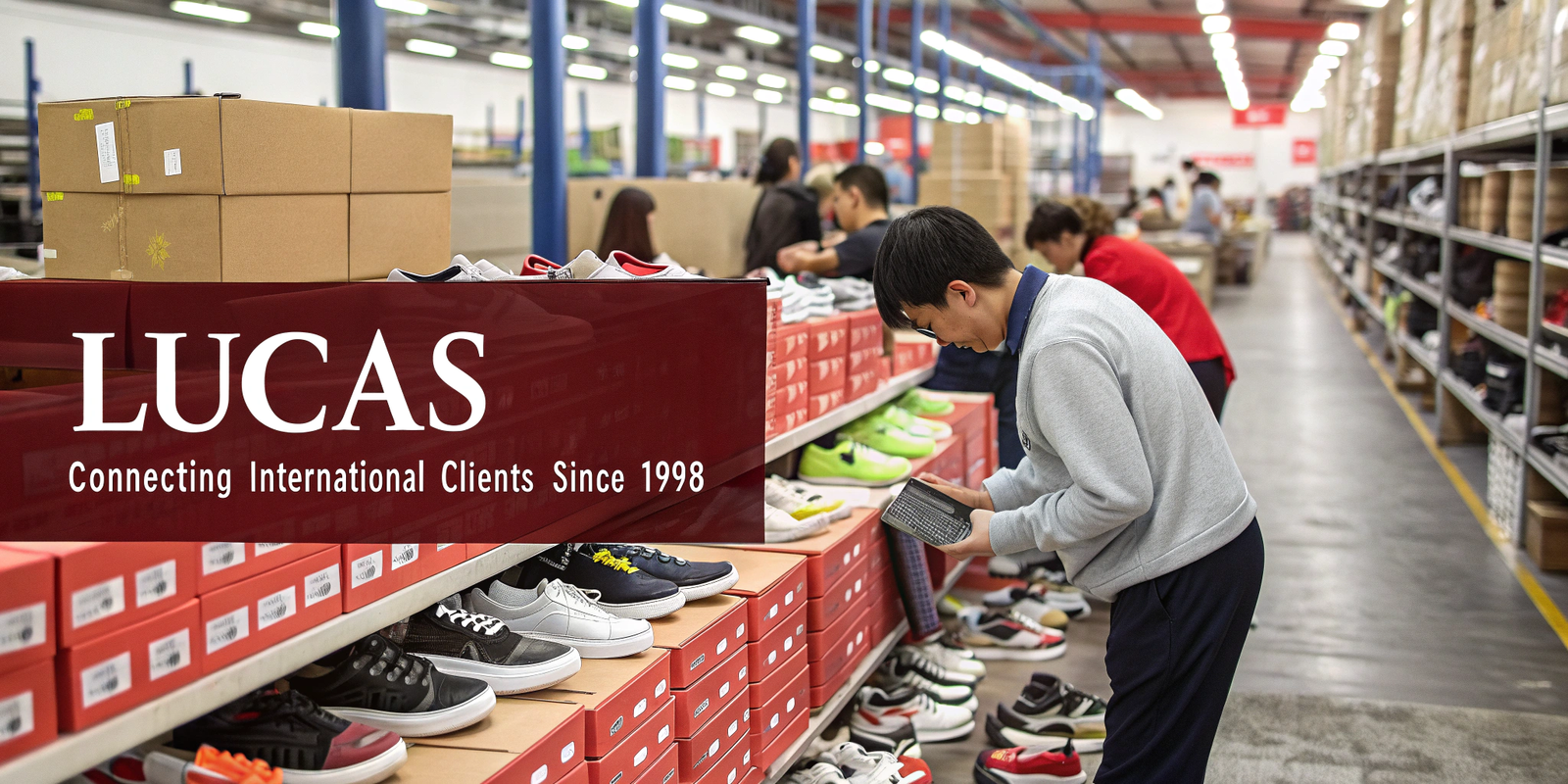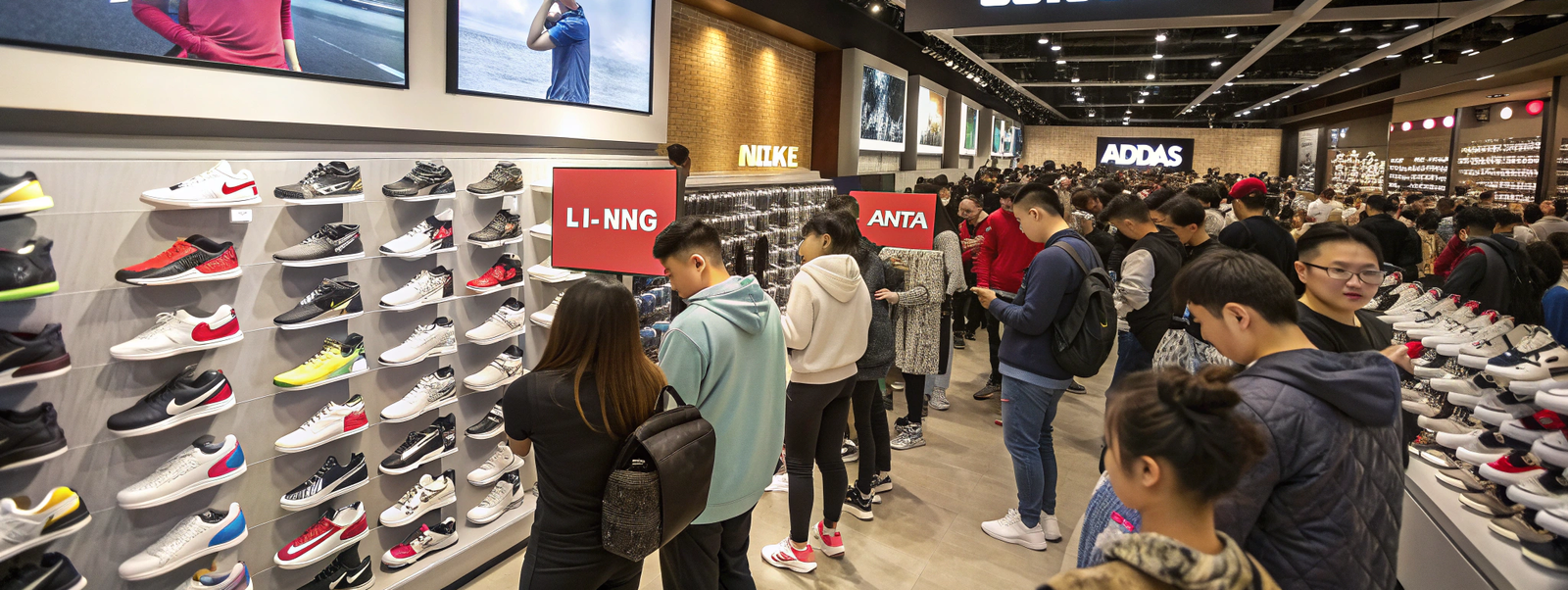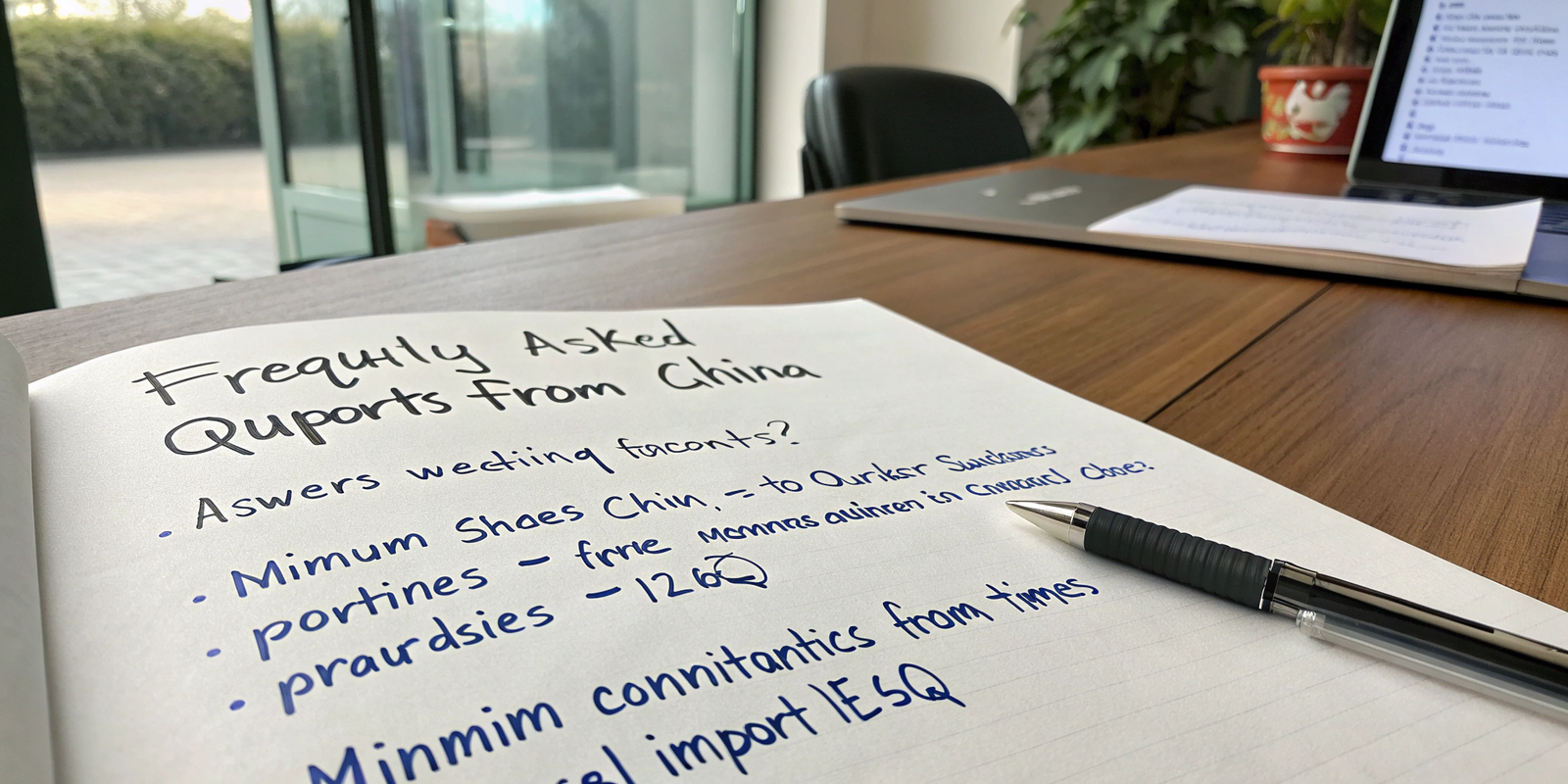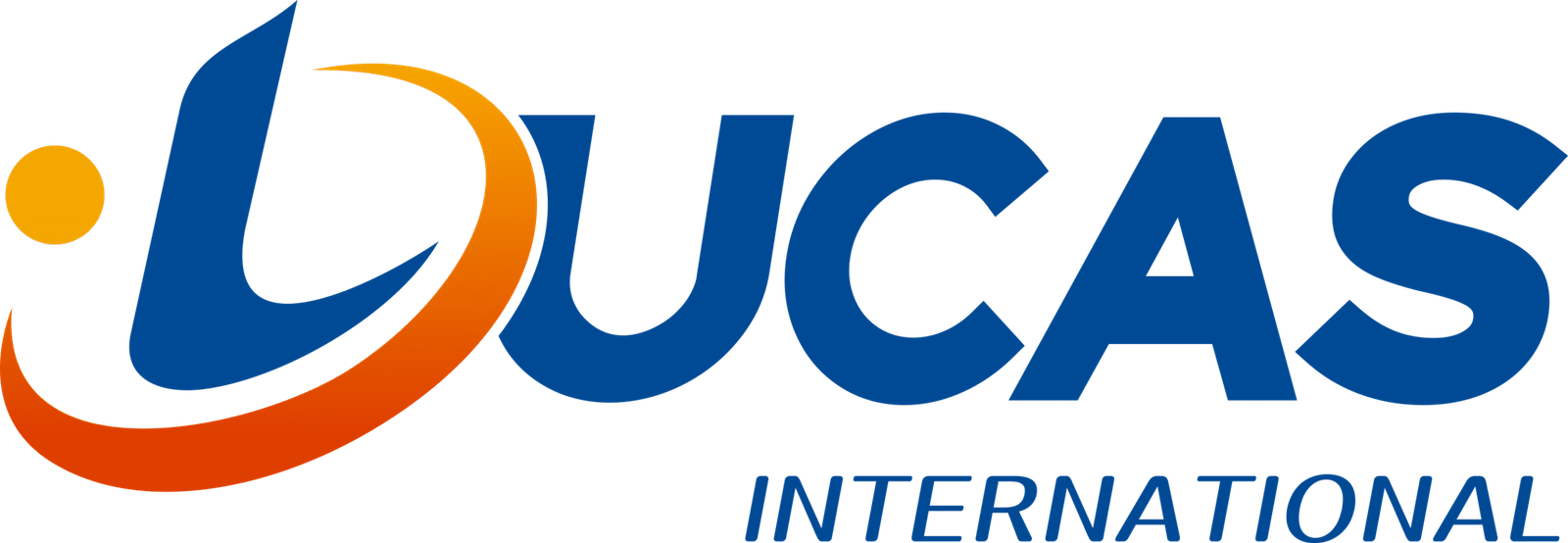Shoe Wholesale China: Your Complete Guide
Why China Leads in Shoe Wholesale
China is the world’s leading hub for footwear manufacturing and wholesale. Its mature supply chains, large-scale production capacity, and broad pricing range make it a top choice for businesses globally.
Since 1998, my company Lucas, based in Shaoxing, has connected international clients with trusted Chinese manufacturers, witnessing China evolve into a global footwear powerhouse.

How Big Is the Sneaker Market in China?
The Chinese sneaker market is enormous and rapidly growing.
Market Size
Tens of billions USD annually, second only to the U.S.
Growth Drivers
Rising disposable income, athleisure trends, sneakerhead culture, and celebrity influence.
Segments
- Performance sneakers – for running, basketball, and training, dominated by Nike, Adidas, Puma, etc.
- Lifestyle/fashion sneakers – limited drops, collaborations, and hype-driven releases.
- Local brands – Li-Ning, Anta, and Xtep are increasingly competitive internationally.
Consumer Behavior
Young buyers are digitally savvy, brand-loyal, and engage heavily with e-commerce (Tmall, JD.com, Douyin/TikTok). Sneaker resale and live-stream selling are common.
Manufacturing Hub
Despite some production moving to Vietnam, China remains the key hub for high-tech sneaker manufacturing. Companies like Lucas bridge design, quality control, and large-scale production.

Can You Import Shoes from China?
Yes. Importing shoes from China is standard practice, but requires careful planning.
- Find Suppliers – via Alibaba, Global Sources, Made-in-China, or trade shows like the Canton Fair.
- Check Compliance – ensure labeling, material safety, and certifications match your market (e.g., REACH in EU, Prop 65 in the U.S.).
- Negotiate & Order – confirm MOQ, price, lead times, and payment terms (commonly 30/70 T/T).
- Arrange Shipping – understand Incoterms (FOB, CIF) and coordinate with a freight forwarder.
- Customs & Taxes – prepare invoices, packing lists, bills of lading, and consider hiring a customs broker.
✅ Key Benefits: cost efficiency, product variety, and a proven export system.
How to Find a Shoe Manufacturer in China
Choosing the right manufacturer is critical. Common approaches include:
- B2B Platforms – Alibaba, Global Sources, Made-in-China; check certifications, reviews, and production capacity.
- Trade Shows – Canton Fair, MICAM Shanghai; see samples and meet manufacturers directly.
- Sourcing Agents – Local experts help with communication, quality control, and logistics.
- Factory Visits – Best for verifying equipment, compliance, and production capacity (BSCI/SEDEX).
- Referrals – Industry peers or LinkedIn connections often point to trusted manufacturers.
💡 Tip: Don’t chase only the lowest price. A reliable factory ensures quality, compliance, and long-term partnership.
Who Is China’s Biggest Shoe Manufacturer?
China’s shoe manufacturing landscape is vast. There’s no single “largest” factory, but several companies dominate:
- Pou Chen Group – produces for Nike, Adidas, Puma, and more.
- Huajian Group – a major women’s shoe manufacturer for global fashion brands.
- Anta & Li-Ning – large-scale production for sports and lifestyle footwear.
Regional Specialization
- Guangdong: sneakers and casual shoes
- Fujian: sports and outdoor footwear
- Zhejiang: fashion women’s shoes and sandals
- Sichuan: premium women’s footwear
👉 Focus on the region and specialization that match your product line rather than the “biggest” factory.

FAQ
Q1: What’s the minimum order quantity (MOQ) for importing shoes from China?
Typically ranges from 500 pairs per style, but varies by manufacturer.
Q2: How long does shipping from China take?
Sea freight: 25–40 days; Air freight: 5–10 days (depending on customs clearance).
Q3: Are Chinese shoes compliant with EU/US standards?
Yes, reputable factories provide testing and certifications (e.g., REACH, Prop 65).
Q4: Can small businesses import from China?
Absolutely. Many small retailers import small batches using B2B platforms or sourcing agents.
Conclusion
China dominates global footwear wholesale through its massive sneaker market, specialized manufacturing regions, and efficient supply chains. Importing shoes is routine for international businesses when compliance, logistics, and supplier vetting are properly managed. By leveraging online platforms, trade shows, sourcing agents, and factory visits, companies can secure reliable partners and scale their footwear business globally.
